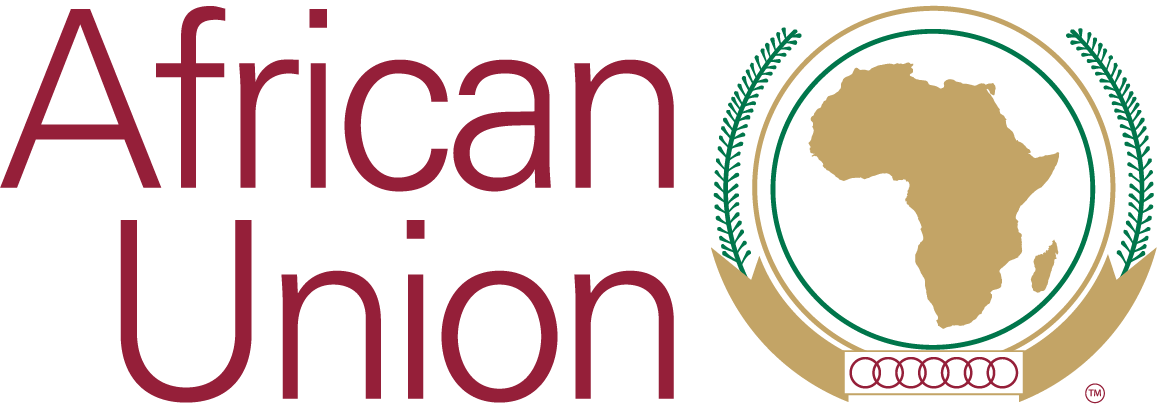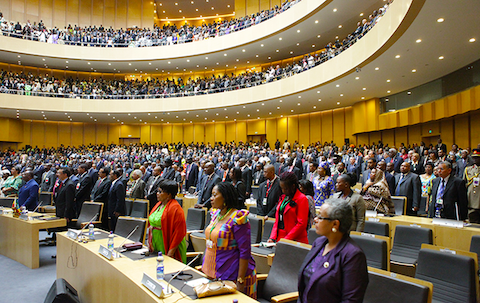Topic Resources
Labor Migration Statistics Report in Africa Second edition: Regional Migration Profile
Executive Summary
Agenda 2063 is Africa’s development blueprint to achieve inclusive and sustainable socio-economic development over a 50-year period.










